
Raise the Rent?
As a rental real estate investor, knowing how to evaluate the local rental market and set accurate...
by David P. Greenberger, Esq. | Jan 3, 2018 | Article, Operations, Sponsored


by Real Property Management | Dec 7, 2025 | Article, Asset Management, Market & Trends, Operations
As a rental real estate investor, knowing how to evaluate the local rental market and set accurate...

by Tommy Thornburg | Dec 6, 2025 | Article, Market & Trends
The conversation around affordable housing has changed. What used to be considered a niche or...
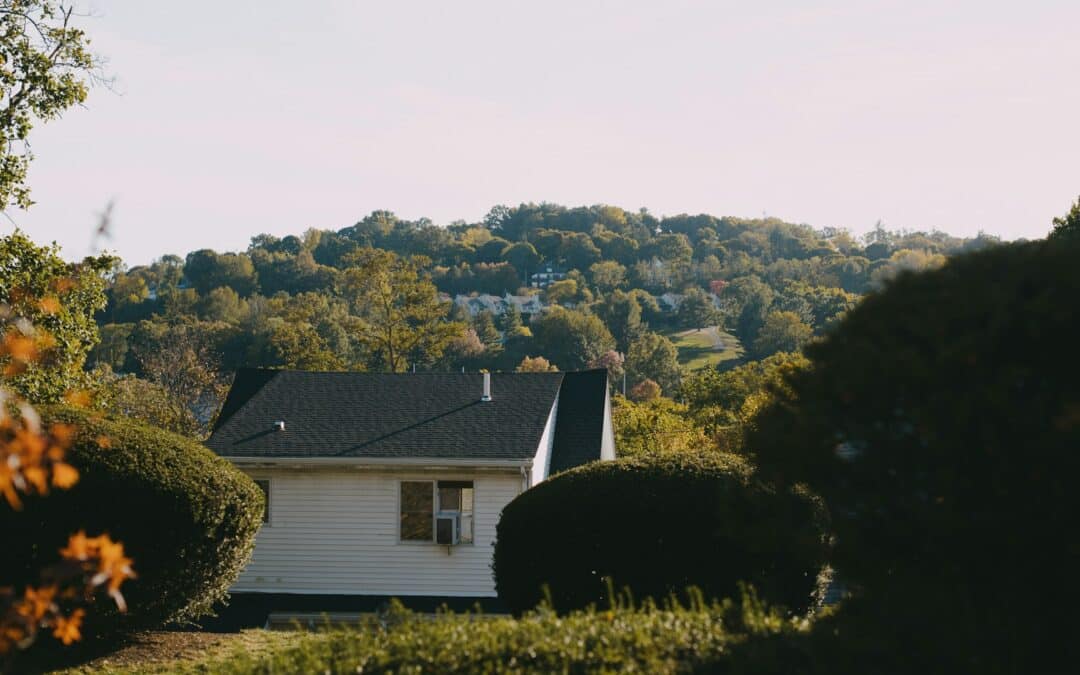
by Scott Ward | Dec 3, 2025 | Article, Market & Trends
In today’s real estate landscape, affordable housing stands out as both a social responsibility...

by Think Realty | Nov 1, 2025 | Funding, Magazine, Operations
+WHAT'S INSIDE Operations | Cut Taxes With Short-Term Rentals • Find Your Next Deal for Far Below...

by Tom Hallock | Oct 22, 2025 | Article, Funding
With affordability fading and mobility prized, more Americans are renting homes they once aspired...

by Dominion Financial Services | Oct 18, 2025 | Article, Funding, Sponsored
DSCR rates may be about to move in your favor. Trying to time your refinance just right? That’s...

Self-manage your rentals for free, or get $10 off a Premium Subscription!
TurboTenant is an all-in-one property management solution helping landlords with rent collection, tenant screening, applications, marketing, lease agreements, accounting, maintenance, and more.
A Premium Subscription unlocks:
Access the best real estate investor news, education, and resources with a FREE account.
By submitting, you agree to our Terms of Service.
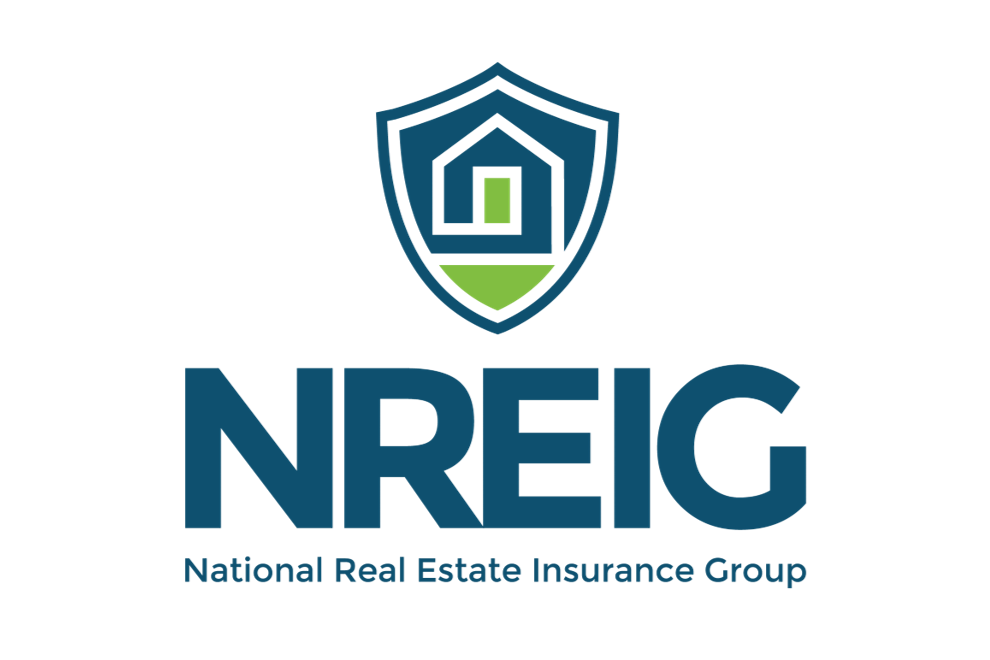
Get a free quote for property insurance coverage tailored to real estate investor needs.

Get started with a free quote on cabinetry! MFS Supply offers their ProCabinets brand of cabinetry featuring both retail & wholesale focused lines in a variety of today’s most popular finishes. Cabinets ship assembled (knockdown available) nationwide.

Access a selection of more than 60,000 batteries, lightbulbs, and accessories online and in over 700 stores nationwide.
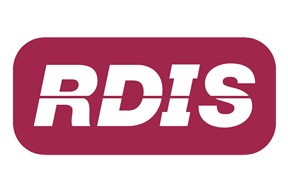
Get a free quote for property insurance coverage tailored to real estate investor needs.
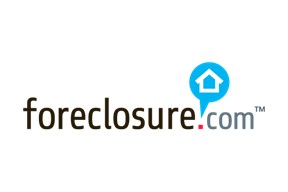
Find foreclosures fast and with one simple search, before they hit the mass market.
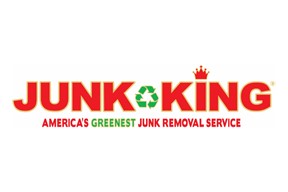
Junk King provides eco-friendly and reliable junk removal.hauling services for businesses and residences.
Minimal and small load jobs are excluded from the discount.

Motili is a platform that connects property owners and contractors.
You must conduct 10 or more major repair transactions per year to redeem the discount.

Book through the Think Realty Savings form at 1-800-Got-Junk to receive $10 off your next junk removal project.

Optimize your lead generation and online presence with digital marketing agency iFocus. Services include paid search, social media management and advertising, SEO, online reputation management, and website design/development.
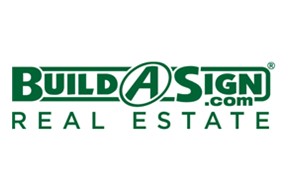
Shop custom-printed products, including yard signs, riders, banners, flags, business cards, and more.

Book and manage lawn care and landscaping services with the click of a button.

Save on the items you buy most with the Think Realty ODP Business Solutions Program (formerly known as Office Depot).
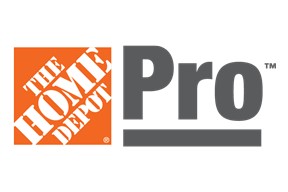
Home Depot Pro Specialty Trades receive wholesale and volume-based pricing on professional-grade products and business solutions.

Save on full-service construction equipment and tool rental at all 600+ Sunbelt locations.
0 Comments